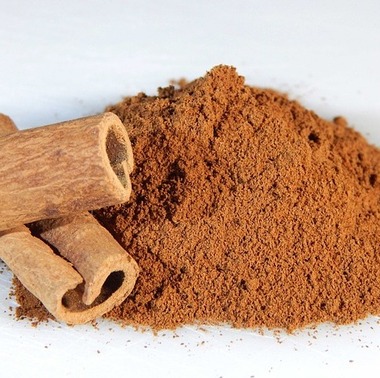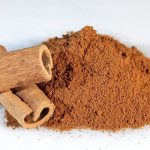The FDA has announced several additional steps it is taking to address concerns about elevated lead levels. Last week, the agency sent a letter to all cinnamon manufacturers, processors, distributors and facility operators in the U.S., reminding them of the requirement to implement controls to prevent contamination from potential chemical hazards in food, including ground cinnamon products. The agency is also recommending the voluntary recall of certain ground cinnamon products (see below) sold by a number of brands at six different retail chains that were found to contain elevated levels of lead.
The FDA is advising consumers to throw away and not to buy the ground cinnamon products with the lot codes listed below because samples of these products were found to contain elevated levels of lead as it is works with the firms listed to voluntarily recall the products, with the exception of the MTCI cinnamon. The FDA has been unable to reach MTCI to share its findings and request that the company initiate a recall.
| Ground Cinnamon Distributor | Ground Cinnamon Retailer(s) | Ground Cinnamon Lot Code(s) |
| La Fiesta Food Products La Miranda, CA |
La Superior SuperMercados | 25033 |
| Marcum, Moran Foods, LLC Saint Ann, MO |
Save A Lot | Best By: 10/16/25 10 DB; 04/06/25 0400B1 |
| MTCI Santa Fe Springs, CA |
SF Supermarket | No codes |
| SWAD, Raja Foods LLC Skokie, IL |
Patel Brothers | KX21223 Best Before: July 2026 |
| Supreme Tradition, Greenbriar International, Inc. Chesapeake, VA |
Dollar Tree Family Dollar |
Best By: 09/29/25 09E8; 04/17/25 04E11; 12/19/25 12C2; 04/12/25 04ECB12; 08/24/25 08A_ _; 04/21/25 04E5; and 2025-09-22 09E20 |
| El Chilar Apopka, FL |
La Joya Morelense, Baltimore, MD | F275EX1026; D300EX1024 |
The FDA emphasized that the lead levels found in the ground cinnamon products listed above are significantly lower than lead levels in cinnamon in the recalled apple sauce pouches removed from the market this past fall. The products currently recommended for recall contain lead levels ranging from 2.03 to 3.4 parts per million (ppm) lead. This is approximately 2,000 ppm to nearly 5,000 ppm lower than the levels of lead associated with the cinnamon in recalled apple puree and apple sauce products. Therefore, these ground cinnamon products do not pose the same level of risk to human health as the apple sauce pouches but could be unsafe for prolonged use.
“Today’s actions serve as a signal to industry that more needs to be done to prevent elevated levels of contaminants from entering our food supply,” said Deputy Commissioner for Human Foods Jim Jones. “Food growers, manufacturers, importers, and retailers share a responsibility for ensuring the safety of the foods that reach store shelves. The levels of lead we found in some ground cinnamon products are too high and we must do better to protect those most vulnerable to the negative health outcomes of exposure to elevated levels of lead.”
The FDA reminds manufacturers, processors, distributors, and facility operators to follow the requirements of the rule Current Good Manufacturing Practice, Hazard Analysis, and Risk-Based Preventive Controls for Human Food, including the requirement to consider chemical hazards that may be present in foods when conducting hazard analyses required by this rule. While the agency continues to emphasize the importance of the cinnamon industry’s responsibility to take measures to prevent potential chemical hazards in its products, the letter to industry and recent recalls highlight how the FDA will request the removal of unsafe cinnamon products from the market.
As part of its Closer to Zero initiative, the FDA continues to pursue additional authorities from Congress to require manufacturers to test ingredients or final products marketed for consumption by infants and young children for contaminants before products enter the U.S. market. Under current federal law, there is no explicit requirement for manufacturers to conduct such testing. The President’s FY2024 Budget contains legislative proposals to explicitly require industry to conduct this testing, maintain testing results for FDA inspection and provide the FDA remote access to test results.








